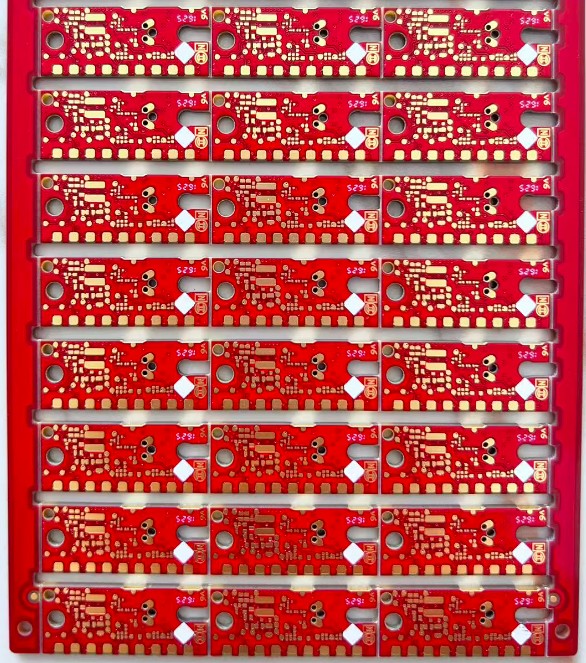6layer printed circuit board designs represent a critical milestone in the evolution of electronic hardware, striking an optimal balance between performance, complexity, and cost for a wide range of advanced applications. While simpler devices can function on two or four layers, the increasing demands for signal integrity, power stability, and electromagnetic compatibility in modern electronics have made the six-layer configuration a industry standard for complex designs. This article explores the structure, advantages, and applications of this versatile engineering solution.
Optimizing Performance with a 6Layer Printed Circuit Board Stackup
The superior performance of a 6layer printed circuit board stems from its intelligent and predefined stackup. A typical arrangement dedicates specific layers to specific functions: two internal layers are used as solid ground and power planes, two are used as internal signal layers for critical routing, and the top and bottom outer layers are used for component placement and less sensitive signal traces. This structured approach provides a controlled impedance environment for high-speed signals, excellent power distribution, and effective shielding against noise, which is a significant advantage over fewer layers.

6Layer Print Circuit Board–Signal Integrity and EMI Control
One of the primary reasons engineers choose a 6layer print circuit board is for its inherent electromagnetic compatibility (EMC) benefits. The solid ground planes adjacent to the signal layers create a return path that minimizes loop area, thereby reducing electromagnetic emissions (EMI). Furthermore, this configuration helps in containing external noise from affecting sensitive circuits. For devices that must pass stringent regulatory certifications like FCC or CE, the built-in shielding of a six-layer stack is often not just beneficial but essential for compliance.
When to Specify a 6-Layer Printed Circuit Board for Your Project
Selecting the right layer count is a crucial design decision. A 6layer printed circuit board is highly recommended for projects involving high-speed digital interfaces (such as DDR memory, Ethernet, or PCIe), mixed-signal systems (separating analog and digital grounds), or designs with high component density and complex routing requirements. If a four-layer board is struggling with signal crosstalk, power supply noise, or escape routing for a fine-pitch BGA, transitioning to a six-layer design is the most logical and effective solution.
The Cost-to-Performance Advantage of the 6-Layer Configuration
While more expensive than a four-layer board, a 6layer printed circuit board offers a superior cost-to-performance ratio when compared to jumping to eight or more layers. The incremental increase in cost is often justified by the significant leap in electrical performance, design flexibility, and reduced risk of post-production failures. For many product categories, including networking equipment, advanced consumer electronics, and industrial controllers, it represents the most economical path to achieving a robust and reliable product.
Conclusion: The Indispensable Role of the 6-Layer Board
In conclusion, the 6layer printed circuit board has firmly established itself as a cornerstone of modern electronic design. Its well-defined stackup provides a perfect framework for managing the challenges of high-speed circuitry, power integrity, and electromagnetic interference. By offering an ideal compromise between enhanced capability and manageable cost, it empowers engineers to develop the sophisticated and reliable electronics that drive today’s technological landscape.